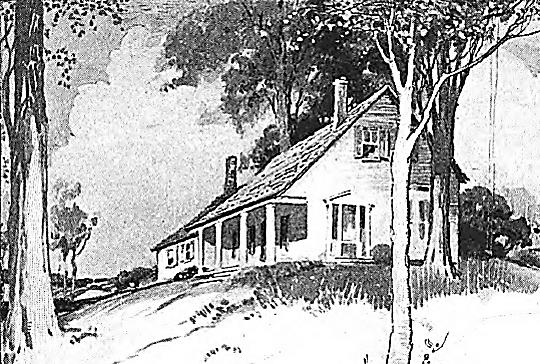 Peter and Polly Series
Peter and Polly
Peter and Polly Series
Peter and Polly



 Peter and Polly Series
Peter and Polly
Peter and Polly Series
Peter and Polly

Study the lesson for one week.
Over the week:
Peter, Polly, and all of their pets (cows, dogs, cats, horses) are mammals.
Facts about mammals:
Did you know humans are mammals? Feel your forehead. Unless it is an extremely hot day outside, your forehead is warmer than the air around you, because you are warm-blooded. Feel your back and find your backbone. Feel the hair on your head. When human babies are born, they are born alive and often crying and wiggling. Many human mothers nurse their babies with their milk.
Activity 1: Narrate the Story
Activity 2: Mammals
Objective:
Reinforce that mammals have hair, lungs, and backbones.
Materials:
Crayons or markers and paper.
Did you know?
Procedure:
Use the picture below as a guide to draw a baby dolphin including the dolphin's backbone and lungs. Draw a few chin hairs on the baby.
